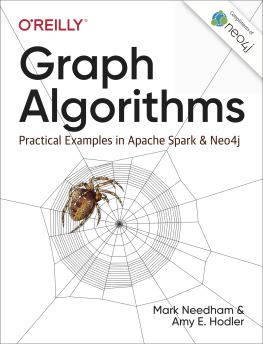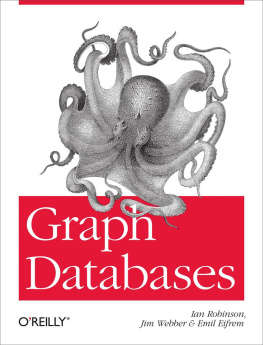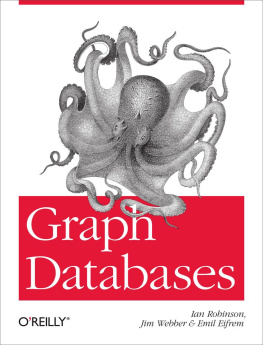The Practitioners Guide to Graph Data
by Denise Koessler Gosnell and Matthias Broecheler
Copyright 2020 Denise Gosnell and Matthias Broecheler . All rights reserved.
Printed in the United States of America.
Published by OReilly Media, Inc. , 1005 Gravenstein Highway North, Sebastopol, CA 95472.
OReilly books may be purchased for educational, business, or sales promotional use. Online editions are also available for most titles (http://oreilly.com). For more information, contact our corporate/institutional sales department: 800-998-9938 or corporate@oreilly.com .
- Acquisitions Editor: Jonathan Hassell
- Developmental Editor: Jeff Bleiel
- Production Editor: Nan Barber
- Copyeditor: Arthur Johnson
- Proofreader: Josh Olejarz
- Indexer: Ellen Troutman-Zaig
- Interior Designer: David Futato
- Cover Designer: Karen Montgomery
- Illustrator: Rebecca Demarest
- April 2020: First Edition
Revision History for the First Edition
- 2020-03-24: First Release
See http://oreilly.com/catalog/errata.csp?isbn=9781492044079 for release details.
The OReilly logo is a registered trademark of OReilly Media, Inc. The Practitioners Guide to Graph Data, the cover image, and related trade dress are trademarks of OReilly Media, Inc.
The views expressed in this work are those of the authors and do not represent the publishers views. While the publisher and the authors have used good faith efforts to ensure that the information and instructions contained in this work are accurate, the publisher and the authors disclaim all responsibility for errors or omissions, including without limitation responsibility for damages resulting from the use of or reliance on this work. Use of the information and instructions contained in this work is at your own risk. If any code samples or other technology this work contains or describes is subject to open source licenses or the intellectual property rights of others, it is your responsibility to ensure that your use thereof complies with such licenses and/or rights.
This work is part of a collaboration between OReilly and DataStax. See our statement of editorial independence.
978-1-492-04407-9
[LSI]
Preface
Think about the last time you searched for someone on a social media platform.
What did you look at on the results page?
Most likely, you started scanning down the names in the list of profile results. And you probably spent most of your time inspecting the shared friends section to understand how you knew someone.
Our innate human behavior of reasoning about our shared friends on social media is what inspired us to write this book. Though, our shared inspiration generated two very different reasons behind why we wrote this book.
First, have you ever stopped to think about how an app creates the shared friends section?
The engineering required to deliver your shared friends in search results creates an intricate orchestration of tools and data to solve an extremely complex, distributed problem. We have either built those sections or created the tools that deliver them. Our passion for understanding and teaching others from our collective experiences is the first reason we chose to write this book together.
The second reason is that anyone who uses social media intuitively derives personal context directly from the shared friends section. This process of reasoning and thinking about relationships within data is called graph thinking, and that is what we name the human approach to understanding life through connected data.
How did we all learn to do this?
There wasnt a specific point in time when we all were taught this skill. Processing relationships among people, places, or things is just how we think.
It is the ease with which people infer context from relationships, be it in real life or from data, that has ignited the wave of graph thinking.
And when it comes to understanding graph thinking, most people fall into one of two camps: those who think graphs are about bar charts, or those who think graphs are way too complicated. Either way, these thought processes apply legacy approaches to thinking about data and technology. The problem is that the art of the possible has changed, our tools have improved, and there are new lessons to learn.
We believe that graphs are powerful and deployable. Graph technology can make you more productive; we have worked with teams that told us so.
This book brings these two mindsets together.
Graph thinking closes the gap between how we humans operate/see/live and how we use data to inform a decision. Imagine seeing your whole world as a spreadsheet with rows and columns of data and trying to make sense of it all. For the majority of us, the exercise is unnatural and counterproductive.
This is because relationships are how people navigate and reason about life. It is computers that need databases and operate in the world of rows and columns of data.
Graph thinking is a way to solve complex problems by taking a relationship-centric approach. Graph technology bridges the gap between relationships and the linear memory constraints of modern computer infrastructure.
As more people learn how to build with graph technology by applying graph thinking, imagine what the next wave of innovation will bring.
Who Should Read This Book
This book aims to teach you two things. First, we will teach you about graph thinking and the graph mindset through asking questions and reasoning about data. Second, we will walk you through writing code that solves the most common, complex graph problems.
These new concepts are intertwined within the tasks commonly performed across a few different engineering functions.
Data engineers and architects sit at the heart of transitioning an idea from development into production. We organized this book to show you how to resolve common assumptions that can occur when moving from development into production with graph data and graph tools. Another benefit to the data engineer or data architect will be learning the world of possibilities that come from understanding graph thinking. Synthesizing the breadth of problems that can be solved with graph data will also help you invent new patterns for their use in production applications.
Data scientists and data analysts may most benefit from reasoning about how to use graph data to answer interesting questions. All the examples throughout this text were constructed to apply a query-first approach to graph data. A secondary benefit for a data scientist or analyst will be to understand the complexity of using distributed graph data within a production application. We teach and build upon the common development pitfalls and their production resolution processes throughout the book so that you can formulate new types of problems to solve.
Computer scientists will learn how to use techniques in functional programming and distributed systems to query and reason about graph data. We will outline fundamental approaches to procedurally traversing graph data and step through their application with graph tools. Along the way we will learn about distributed technologies, too.
We will be working within the intersection of graph data and distributed, complex problems; a fascinating combination of engineering topics with something to learn for any technologist.
Goals of This Book
The first goal of this book is to create a new foundation that exists at a very diverse intersection. We will be working with concepts from graph theory, database schema, distributed systems, data analysis, and many other fields. This unique intersection forms what we refer to in this book as

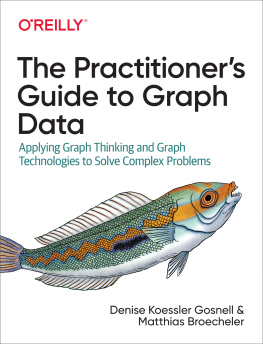
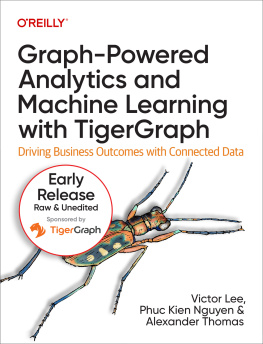
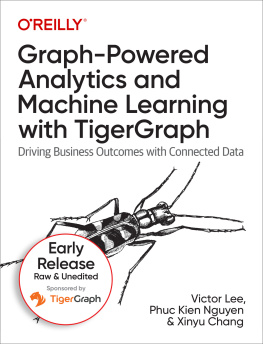
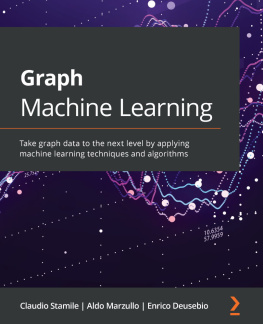
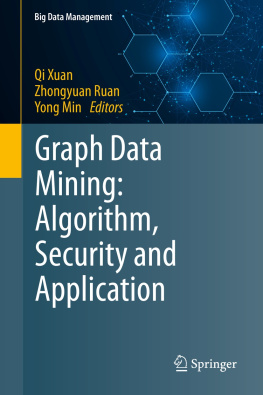

![Eifrem Emil - Graph Databases: [new opportunities for connected data]](/uploads/posts/book/173054/thumbs/eifrem-emil-graph-databases-new-opportunities.jpg)

